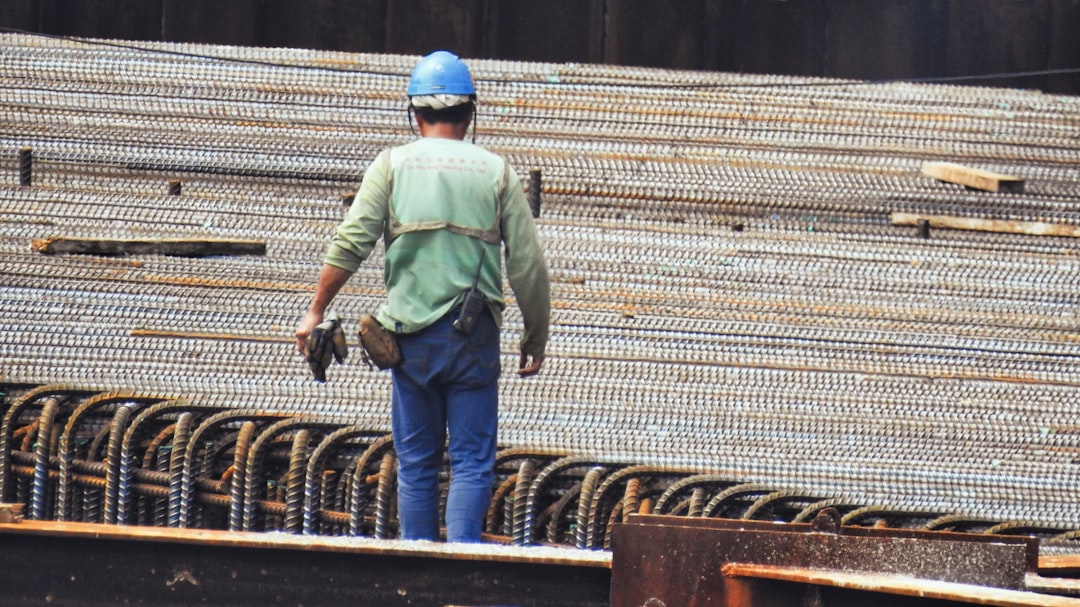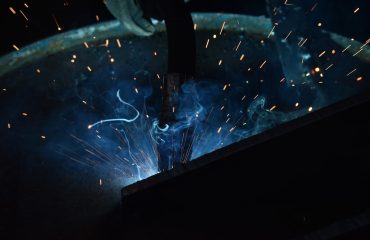The steel industry, a cornerstone of modern infrastructure, faces a growing challenge: minimizing its environmental impact. A significant aspect of this challenge lies in effectively managing the substantial waste generated throughout the steel production process. This comprehensive guide delves into the intricacies of waste management in steel production, exploring various waste streams, innovative recycling techniques, and the crucial role of sustainability in shaping the future of this vital industry.
1. Identifying the Major Waste Streams in Steel Production
Steel production generates a diverse range of waste materials, each requiring specific management strategies. These waste streams can be broadly categorized as follows:
- Slag: A byproduct of the smelting process, slag is a complex mixture of oxides, silicates, and other compounds. Its composition varies depending on the raw materials used and the smelting process. While historically considered waste, slag now finds applications in cement production, road construction, and as a soil amendment.
- Dust and Fumes: These airborne particles are generated during various stages of steel production, including ironmaking and steelmaking. They contain valuable metals and can also be hazardous if not properly managed. Effective dust and fume collection systems, followed by treatment and recycling, are crucial.
- Spent Refractory Materials: Refractory materials line furnaces and other high-temperature equipment, protecting them from corrosion and erosion. These materials degrade over time and need replacing, generating substantial waste. Recycling spent refractories is challenging but increasingly important for reducing environmental impact and conserving resources.
- Pickling Liquors: During the pickling process, steel is cleaned of surface impurities using acidic solutions. The spent pickling liquors contain heavy metals and acids that require careful treatment before disposal to prevent environmental contamination.
- Scrap Metal: Although not strictly waste, scrap metal is a significant byproduct of steel manufacturing and processing. Efficient scrap metal collection and recycling are essential for reducing the need for virgin iron ore and minimizing energy consumption.
2. Innovative Recycling Technologies for Steel Waste
The steel industry has made significant strides in developing and implementing innovative recycling technologies to minimize waste and maximize resource utilization. These include:
- Slag Recycling: Slag is increasingly used as a valuable secondary material in various applications, reducing the need for virgin materials and landfill space. Advanced processing techniques allow for the recovery of valuable metals from slag.
- Dust and Fume Recovery: High-efficiency dust and fume collection systems capture valuable metals, such as iron, zinc, and lead. These metals are then recovered and reused in the steelmaking process, reducing reliance on new raw materials.
- Spent Refractory Recycling: While challenging, research is ongoing to develop effective methods for recycling spent refractories. This involves separating the various components and recovering valuable materials for reuse in new refractories or other applications.
- Closed-loop Systems for Pickling Liquors: Innovative treatment technologies are being developed to recover and recycle the acids and metals from spent pickling liquors, minimizing environmental impact and reducing water consumption.
- Electric Arc Furnace (EAF) Steelmaking: EAF steelmaking relies heavily on recycled scrap metal, significantly reducing the environmental footprint compared to traditional blast furnace methods.
3. Environmental Regulations and Compliance in Steel Waste Management
Steel producers face stringent environmental regulations concerning waste management. Compliance requires adherence to specific guidelines regarding waste disposal, emission limits, and water quality. These regulations vary by region but generally focus on:
- Minimizing landfill disposal: Regulations often incentivize recycling and reuse of steel waste, discouraging landfill disposal.
- Controlling air emissions: Strict limits are placed on emissions of particulate matter, sulfur oxides, and other pollutants.
- Protecting water resources: Regulations aim to prevent water contamination from steel waste, including heavy metals and acidic solutions.
- Waste characterization and monitoring: Producers are required to properly characterize their waste streams and monitor their environmental impact.
- Permitting and reporting: Compliance requires obtaining necessary permits and submitting regular reports on waste management activities.
4. Economic Benefits of Sustainable Waste Management in Steel Production
Sustainable waste management practices not only benefit the environment but also offer significant economic advantages to steel producers. These benefits include:
- Reduced raw material costs: Recycling steel waste reduces the need for virgin materials, lowering production costs.
- Increased energy efficiency: Recycling requires less energy than producing steel from virgin materials.
- Reduced disposal costs: Minimizing landfill disposal significantly reduces waste management expenses.
- Potential for revenue generation: Recovered materials from steel waste can be sold, generating additional revenue streams.
- Enhanced brand reputation and market access: Demonstrating a commitment to sustainable waste management can improve a company’s reputation and open doors to new markets.
5. The Future of Steel Waste Management: Towards a Circular Economy
The future of steel waste management is inextricably linked to the concept of a circular economy, where waste is minimized and resources are reused and recycled in a continuous loop. This requires ongoing innovation in:
- Developing advanced recycling technologies: Further research and development are crucial to improve the efficiency and effectiveness of steel waste recycling processes.
- Improving waste characterization and sorting: Accurate characterization of waste streams is essential for optimizing recycling processes.
- Promoting collaboration and knowledge sharing: Collaboration between steel producers, researchers, and policymakers is vital for driving progress in sustainable waste management.
- Implementing stricter environmental regulations: Stronger regulations can incentivize the adoption of sustainable practices and penalize environmentally damaging activities.
- Educating and engaging stakeholders: Raising awareness among consumers and other stakeholders about the importance of sustainable steel production is crucial for driving change.
In conclusion, effective waste management is crucial for the sustainability of the steel industry. By embracing innovative technologies, complying with environmental regulations, and fostering a circular economy approach, steel producers can significantly reduce their environmental impact and secure a more sustainable future.




